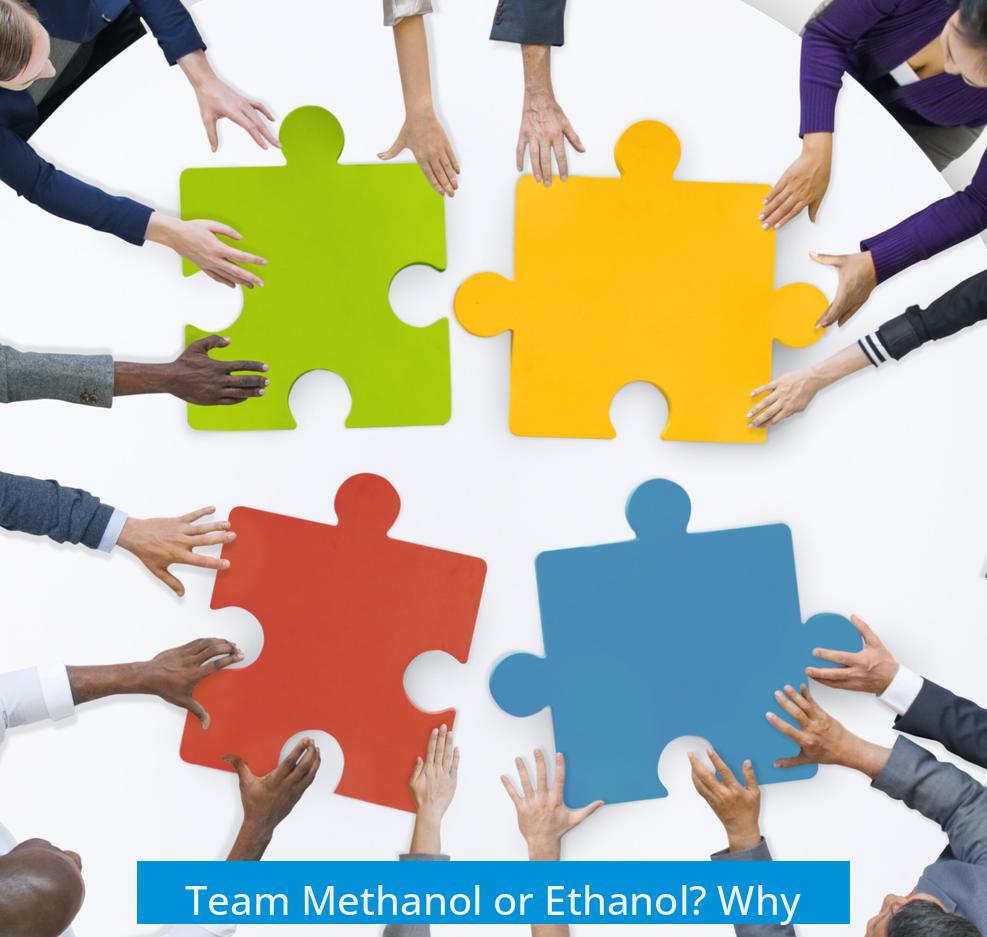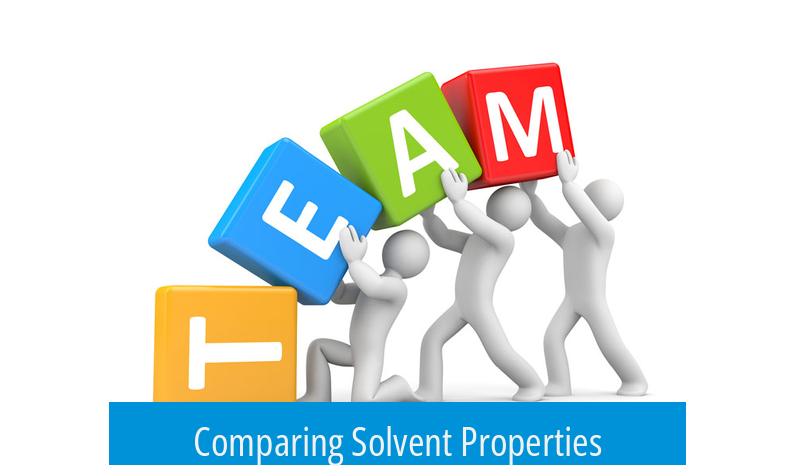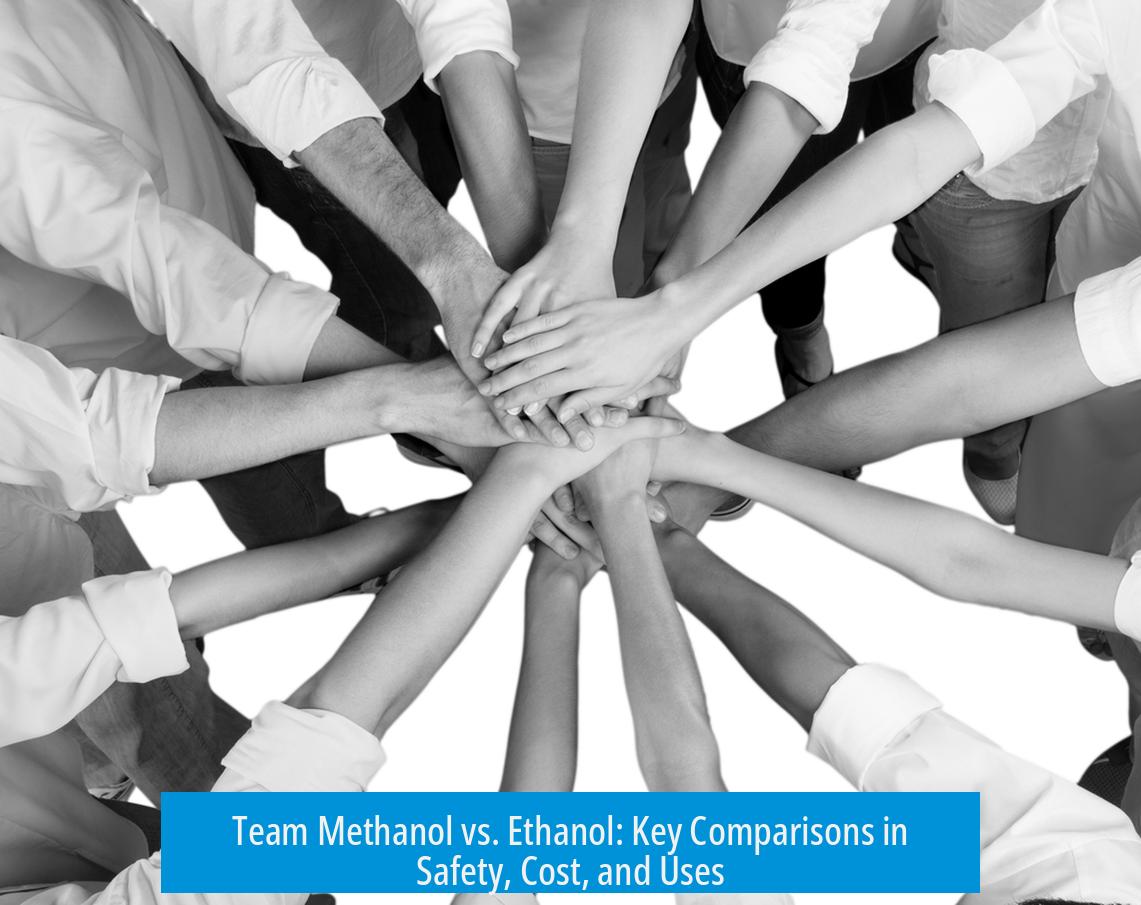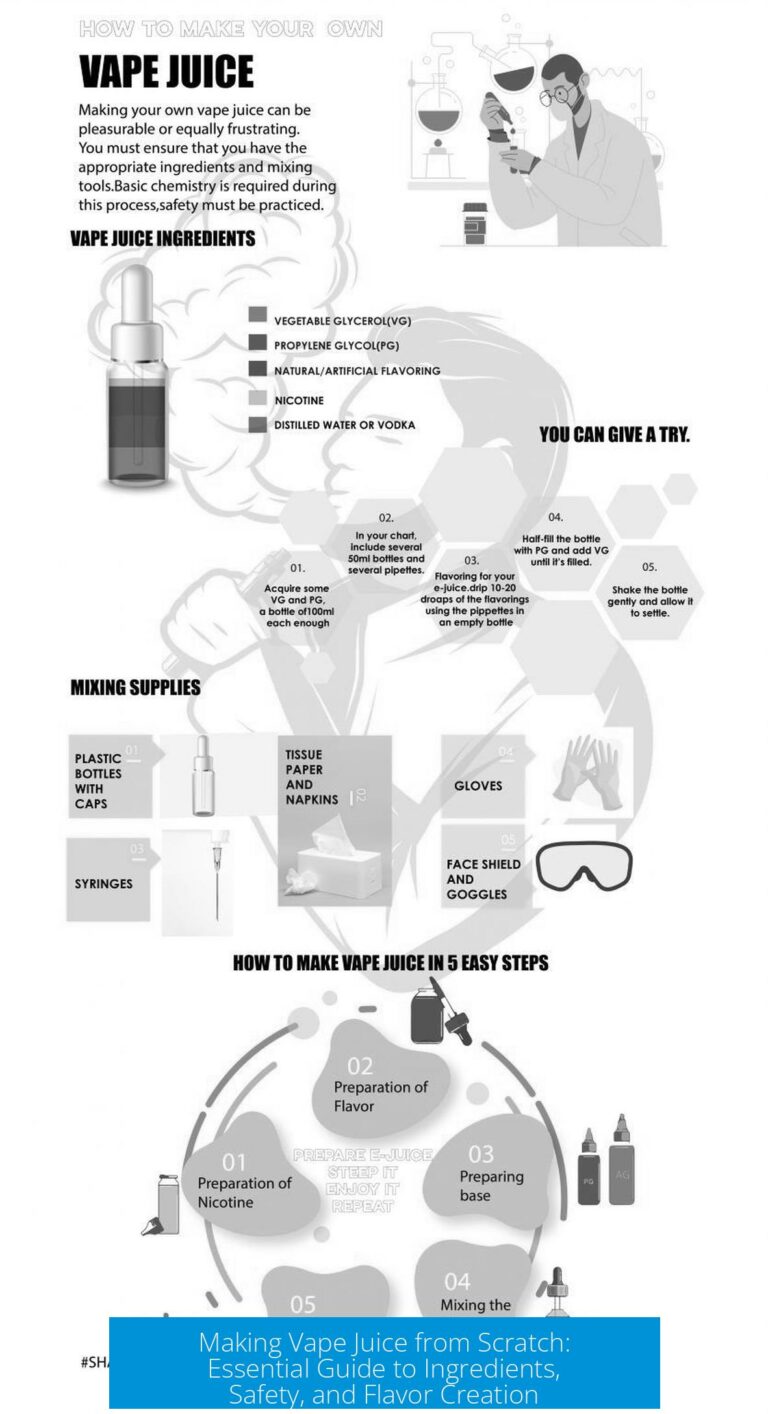Team Methanol or Ethanol? Why?

Choosing between methanol and ethanol depends on specific laboratory needs, safety considerations, and cost factors. Both alcohols serve distinct roles, but ethanol is often preferred for broader applications and safety, while methanol excels as a versatile, efficient solvent for difficult tasks.
Comparing Solvent Properties

Methanol and ethanol both dissolve organic compounds well. Methanol is often praised for stronger solvent capabilities, especially in dissolving stubborn substances and certain organic salts. Its smaller molecular size can enhance solvation efficiency. Ethanol, while slightly less potent as a solvent, offers wider practical uses in laboratories and industries.
- Methanol: Better for dissolving challenging compounds, cleaning tasks, and extractions.
- Ethanol: More versatile for general dissolving tasks and preferred in titrations.
Safety Considerations

Safety remains a major factor in choosing between these two alcohols. Methanol is toxic and poses developmental risks, making it hazardous if ingested or improperly handled. It is flammable and has been linked to serious incidents, contributing to caution among users. Notably, methanol is not classified as carcinogenic but is decidedly toxic.
Ethanol carries fewer toxicity concerns, being less toxic and generally safer in handling. However, ethanol is also flammable and must be managed carefully. After events like the Dinwiddie High School explosion in 2022, many prefer ethanol to reduce risks associated with methanol’s toxicity and explosive potential.
Cost and Availability

Methanol is typically cheaper and more readily available in high purity than ethanol. Ethanol’s availability, particularly in high-purity forms, has diminished after some commercial products were discontinued. For example, certain denatured alcohols that contained 95% ethanol are no longer available. Current alternatives may contain only around 60% ethanol, complicating procurement for precise applications.
Ethanol may also be subject to higher taxes due to regulatory policies, affecting its cost and accessibility. Methanol, often derived as inexpensive industrial-grade solvent or antifreeze component, offers an economic advantage to users.
Specialized Uses

Both alcohols play specialized roles in analytical and synthetic chemistry. Methanol is frequently used in gas chromatography (GC) as a solvent and for extraction and crystallization procedures. Ethanol is preferred in titrations measuring titer values, where its specific chemical properties suit the reactions better. Isopropanol, a related alcohol, is sometimes chosen for acidity titrations, highlighting the tailored use of alcohols in lab protocols.
| Application | Methanol | Ethanol |
|---|---|---|
| Gas Chromatography | Common solvent | Less common |
| Titrations | Not preferred | Preferred for titer determinations |
| Extraction/Crystallization | Highly effective | Less effective |
| Cleaning/Removal | Effective (e.g., Sharpie removal) | Less efficient |
Limitations and Risks

No solvent is foolproof. Issues such as solvent absorption at overlapping wavelengths with samples can cause analytical problems in HPLC and other instrumental methods. Both methanol and ethanol require careful handling, awareness of chemical compatibility, and correct storage to ensure safety and effectiveness.
Summary of Key Points

- Methanol excels as a cost-effective, powerful solvent for dissolving stubborn substances and specialized laboratory uses like GC and crystallization.
- Ethanol is preferred for broader applications, including certain titrations, owing to safer toxicity profile and versatility.
- Methanol poses toxicity risks and requires cautious handling, while ethanol offers reduced toxicity but may be harder to source in high purity and subject to higher tax costs.
- Choosing between methanol and ethanol depends on balancing solvent power, safety, availability, and task-specific needs.
- Both alcohols have niche applications; laboratory professionals select according to chemical properties, regulations, and practical requirements.
Team Methanol or Ethanol? Why?
When it comes to choosing between methanol and ethanol, the answer really depends on what you need to do. Both are powerful solvents with their own pros and cons, and picking a side isn’t always straightforward. Let’s break down why some swear by methanol while others stick to ethanol.
Imagine you’re in a lab or maybe doing some at-home chemistry experiment. You reach for an alcohol solvent to dissolve that tricky substance. Which one is in your hand?
Why Choose Ethanol?
Many lean toward ethanol. One big reason? Safety. Methanol’s reputation for being toxic—and let’s be clear, it’s definitely harmful if ingested or mishandled—makes ethanol a safer bet. After the 2022 explosion at Dinwiddie High School, many grew wary of methanol’s risks. Methanol is toxic and developmentally harmful, though not carcinogenic as once thought. Ethanol simply feels less like playing with fire.
Another plus: ethanol gets a nod for versatility. “Ethanol probably has more use cases,” someone noted, especially for dissolving stubborn substances when you want a gentle but effective approach. And it’s often the go-to for certain titrations—like titer determinations—where precision really matters. Even though methanol can replace ethanol in some cases, some specific analytical tasks prefer ethanol.
However, ethanol’s bright side comes with a catch. It can be pricier and harder to find in high purity. After Kleenstrip stopped making their 95% “green” denatured alcohol, getting affordable, pure ethanol turned tricky. Some alternatives only have about 60% ethanol, which might not cut it for some tasks.
Why Team Methanol?
On the flip side, methanol fans tout its superior solvent powers. They say things like, “Methanol shits on ethanol in the lab,” which is less polite but very clear. Methanol dissolves stubborn bits with flair and is a champ at cleaning and removing sharpie marks (a handy party trick).
One user shared an interesting chemistry tale: certain organic salts just melt into methanol but stubbornly resist ethanol. That “extra carbon” in ethanol changes everything chemically, sometimes making the difference between success and failure.
Methanol also wins on cost and efficiency. It’s frequently used for gas chromatography (GC), extractions, crystallizations, and general solvent needs. Its affordability helps labs stretch their budgets without sacrificing performance. So whether you’re a professional or a hobbyist, methanol feels like the economical superhero of solvents.
Both Sides Use Them Wisely
Here’s where it gets nuanced. Users don’t just pick one and call it a day. They use both, depending on the job.
- Methanol is excellent for GC, analytical solvent work, and dissolving challenging compounds.
- Ethanol excels in specific titrations and is often chosen when safety takes priority or broader applicability is needed.
- Isopropanol even gets a shout-out for acidity titrations, showing that no single alcohol rules all tasks.
One cautionary tale: solvents aren’t foolproof. A user recounts blowing up a high-performance liquid chromatography (HPLC) job because the sample and solvent absorbed light at the same wavelength. Each solvent has quirks—none is a magic bullet.
Safety and Regulation: The Elephant in the Room
Safety isn’t just a lab myth—it’s real. Methanol’s toxicity and potential for explosive scenarios make many wary, especially in larger quantities. Even though it’s not cancer-causing, it can cause severe harm if mishandled.
Ethanol is nicer in this respect but often subject to stiff taxes or regulations since it can be used as a beverage alcohol. This economic factor might tilt choices for some.
So while you’re weighing your options, factor in not just performance but safety standards and legal costs. It’s not just chemistry—it’s common sense.
Who Wins? Team Methanol or Ethanol?
The honest truth? Neither wins universally.
Your ideal choice hinges on your application. If safety and multiple use cases top your list, ethanol is the friendlier companion, even if it pinches the wallet a bit. But if cost-efficiency, powerful solvent ability, and specialized chemistry tasks are the game, methanol is the ace up your sleeve—just handle with care.
Here’s a thought to leave you with: What’s more important—raw solvent power or the peace of mind knowing the one you use is kinder to your health? That question guides many chemists every day.
Final Tips for Choosing Your Champion
- Define your task clearly. Are you working with stubborn organics, titrations, or analyses?
- Check availability and purity locally. Sometimes your best choice depends on what’s on the shelf.
- Prioritize safety—especially if you’re experimenting at home or in less controlled environments.
- Remember that sometimes mixing solvents or switching between methanol and ethanol per step is smartest.
And most importantly: handle all solvents responsibly. Gloves, fume hoods, and a strong respect for their powers go a long way.
So, are you #TeamMethanol or #TeamEthanol? Or perhaps you’re the wise chemist who picks both depending on the challenge. Either way, knowing the strengths, quirks, and risks of these solvents will let you solve problems without stirring up bigger ones.
1. Why do some prefer ethanol over methanol despite methanol’s strong solvent properties?
Ethanol is often chosen for safety reasons as it is less toxic than methanol. It is also favored in specific titrations and broader applications. However, ethanol can be pricier and harder to find in high purity.
2. What makes methanol a better solvent for certain tasks?
Methanol dissolves stubborn substances more effectively. It works well in extractions, crystallization, and removing tough residues. Its cost efficiency and versatility make it popular despite toxicity concerns.
3. Are there situations where both ethanol and methanol are used together?
Yes. Methanol may be used for gas chromatography and cleaning, while ethanol is preferred for titrations involving titer and other chemical analyses. Different alcohols have specialized roles.
4. What safety concerns affect the choice between methanol and ethanol?
Methanol is toxic and can cause developmental harm. Ethanol has fewer toxic effects but may be subject to higher taxes. Users weigh risks of toxicity against cost and availability.
5. How does availability impact choosing ethanol over methanol?
High purity ethanol is harder to obtain and more expensive since some common sources have lower ethanol content. Methanol is often easier to get pure and cheaper, influencing choice for labs and hobbyists.





Leave a Comment